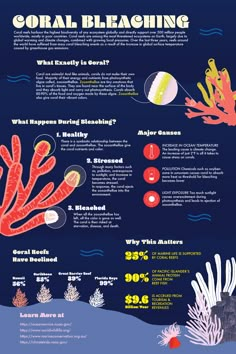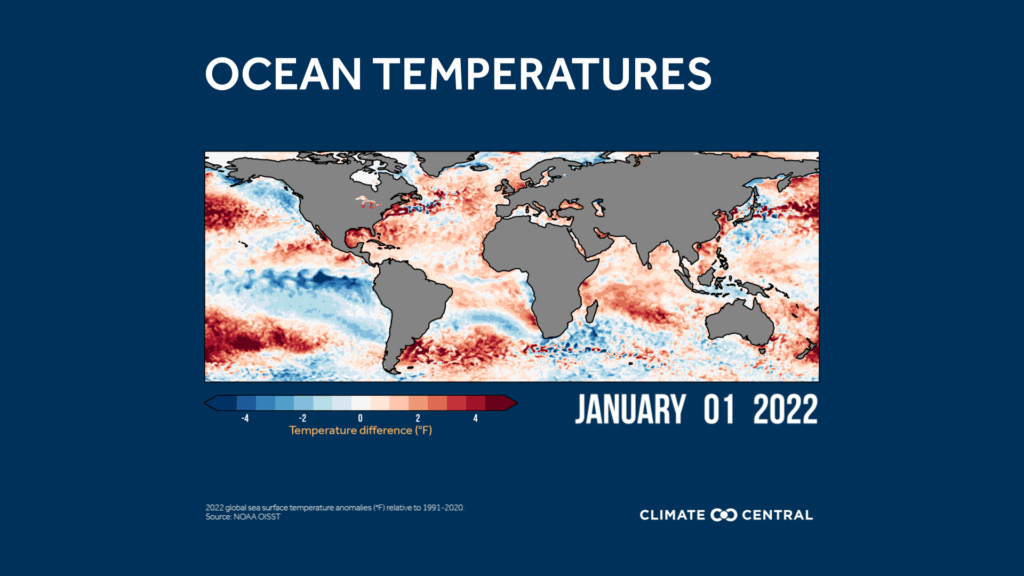


Checking In questions are intended to keep you engaged and focused on key concepts and to allow you to periodically check if the material is making sense.Throughout these labs, you will find three kinds of questions. Describe how ocean acidification may impact the ability of oceans to store carbon in deep sea sediments.Describe ways in which individual species and marine ecosystems might respond to ocean acidification.Explain what ocean acidification is and why it is happening.You will then carry out a virtual lab the Virtual Urchin to study the effect of a more acidic seawater pH on sea urchin larvae.Īfter completing this Lab, you should be able to: In Part B, you will review and analyze the results of research compiled by the Woods Hole Oceanographic Institute on the effect of ocean acidification on a variety of marine organisms. Then, you will analyze time-series graphs to search for relationships between trends in atmospheric CO 2, dissolved CO 2 in seawater, and changes in ocean pH. In Part A, you will carry out a class experiment to test the effects of increased amounts of CO 2 on pH.

How will individual species and ecosystems respond as oceans become more acidic? Corals and other shell-builders such as oysters, lobsters and pteropods may be at risk as ocean ph chemistry becomes more acidic. Because the chemistry of the oceans is important to life, subtle changes in that chemistry may have significant effects on the health of individual species and on entire ecosystems. Ocean acidity, as measured by pH, has increased by 30% since the industrial revolution and scientists predict pH will continue to change as increasing amounts of carbon dioxide are absorbed by oceans. Oceanographers and marine biologists are now seeing a relationship between changes in ocean pH and carbon dioxide dissolved in sea water. That's a good thing, right? Not necessarily so, as scientists are now discovering. In the previous Lab, you learned that oceans currently behave as carbon sinks because they absorb approximately 25-30% of the carbon dioxide put into the atmosphere by human activities.


 0 kommentar(er)
0 kommentar(er)
